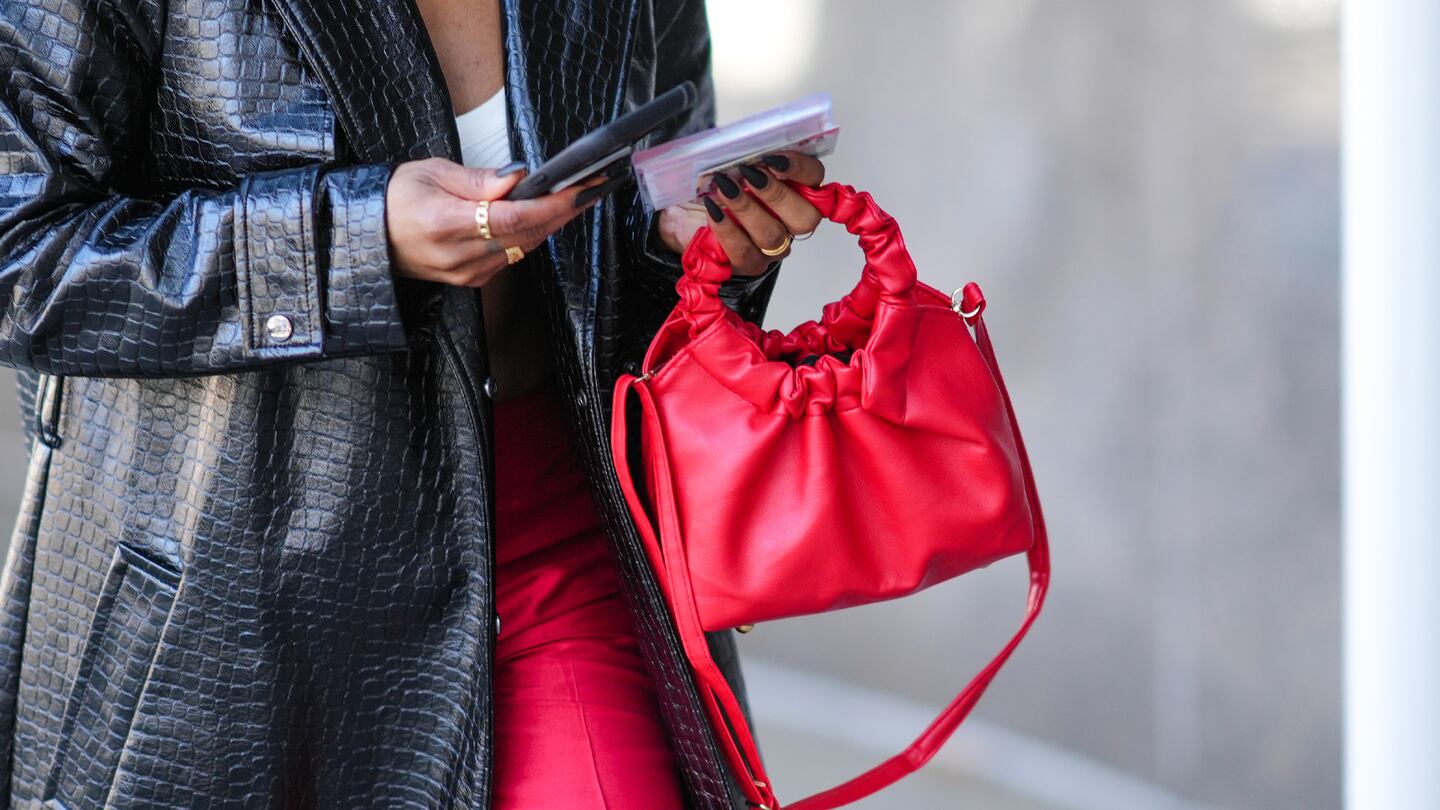
The Business of Fashion
Agenda-setting intelligence, analysis and advice for the global fashion community.

Agenda-setting intelligence, analysis and advice for the global fashion community.

Instagram is opening one of the most potent features in its influencer toolkit to the masses.
Over the next few months, all US users will be able to tag products in their posts, dramatically expanding access to a tool previously reserved for brands and influencers. The tags direct users to an in-app webpage, where they can view information about an item and even buy it, all without ever leaving Instagram.
First introduced in 2016, product tags are Instagram’s most obvious route to fulfil parent company Meta’s e-commerce ambitions. Apple’s tighter data privacy policies have threatened the company’s ability to grow its core advertising business. Pivoting Instagram from a photo-sharing platform to a shopping app — with Meta taking a cut of each sale — offers a potential new source of revenue.
Expanding product tags to ordinary users also reflects changes in how brands connect with consumers, and the increasingly blurred line between influencers and their followers. Many brands now build their marketing strategies around armies of micro-influencers with a few thousand followers each, rather than writing big checks to social media celebrities with millions of fans.
ADVERTISEMENT
Recognising the sway that the average consumer has in their own community is a natural extension of that strategy — even if that community is made up of a few dozen friends, family and coworkers. For brands, it provides a deeper look at who is talking about your company on social media — and what they’re buying.
“Instagram’s ultimate goal is to try and start to replace URLs,” said James Nord, founder of influencer marketing company Fohr. “They don’t want people going to Sephora.com, they want them buying their beauty products off of this platform. That’s such an enormous opportunity for them.”
The question now is whether ordinary users will follow Instagram’s cue and take on the role of brand ambassadors. Six years into its tagging experiment, Instagram remains a bit player when it comes to shopping. One reason: influencers don’t receive a commission when someone makes a purchase through their tags (commissions on tags are in beta testing). For now, many influencers instead prefer to share affiliate links to Amazon and other online retailers that offer payments.
Tags may prove more popular with ordinary users, who may be more interested in sharing information with friends than trying to monetise their Instagram accounts. Regular users will have to discover tags first, however, and that may be difficult if the influencers they follow aren’t using them. Shopping isn’t the only behaviour that creators influence.
“It’s opening up a whole new arena for brands to see who are their most loyal brand ambassadors that they never saw because the influencer platforms aren’t picking up on them and they have a small following,” said Michela Solanch, chief strategy officer at Cake Commerce, an e-commerce agency. “The people that are going to go out of their way to share the product without making an extra buck mean a lot more to a brand.”
However, brands should be wary of making sure the line between who is and isn’t an influencer doesn’t disappear entirely. Once brands start paying an influencer or ambassador, the relationship between the consumer and the brand changes.
Suddenly, “the people who would organically do it are only going to do it if you pay them,” said Jessa Reus, vice president, marketing at influencer monetisation platform ShopStyle Collective.
Tags, which keep the journey from discovery to purchase entirely within Instagram’s walled garden, are also designed to keep users glued to their feeds for longer.
ADVERTISEMENT
“They don’t want you advocating for this product, and then having to text it to your friends, because you’ve just left Instagram,” said Reus. “They want you on Instagram.”
And because Instagram gets a cut of the purchases made on its app, for Meta, turning one of its largest platforms into a de facto e-commerce app is one way to make up for its advertising losses. The company said in its fourth-quarter earnings call that it expects the impact of Apple’s privacy changes on advertising to cost it $10 billion in revenue this year.
“Facebook’s advertising platform is starting to fail and they’re looking for what their next act is,” Nord said. “Creators are going to be a big part of that.”
Brands like Adidas, Gucci and The Hundreds are finding the tokens are a great way to reward their superfans. But maintaining that loyalty can be hard work.
Threads Styling has closed a $12 million funding round as it seeks to fuel burgeoning private sales and grow a traditional e-commerce arm.
Once considered fringe, platforms like Reddit, Discord and Twitch are attracting the attention of digital marketers aiming to diversify their channel mix away from Instagram.

Diana Pearl is News and Features Editor at The Business of Fashion. She is based in New York and drives BoF’s marketing and media coverage.
Well, not exactly. But some surprising names made an impression on the red carpet alongside the likes of Loewe, Alaïa and Balmain.
The designer — whose bright, arty clothes earned him a place in the 2021 LVMH Prize Finals, and a guest designer post for Louis Vuitton — curated a set at the Netflix Is a Joke Festival this weekend, the latest example of his creative approach to building brand awareness.
Practitioners of this historically behind-the-scenes profession are building powerful followings, riding a wave of interest in how the fashion sausage is made. But even the highest-profile PRs caution that the client still has to comes first.
Join us for a BoF Professional Masterclass that explores the topic in our latest Case Study, “How to Create Cultural Moments on Any Budget.”